Tag: research
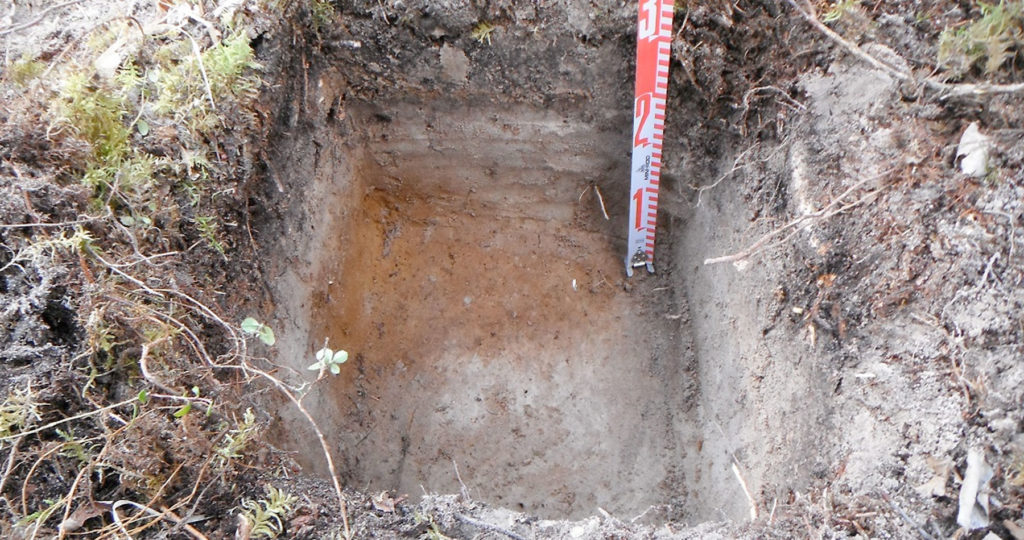
January 30, 2017
Introduction to CRM Part 4: Evaluating a Site
When we identify a site, we conduct further evaluative testing to determine the type, character, and extent of the site. This is done according to government guidelines, and depends on the type of site, and the type of landform. If the landform allows for it, testing occurs in each cardinal direction or in a grid.
Keep Reading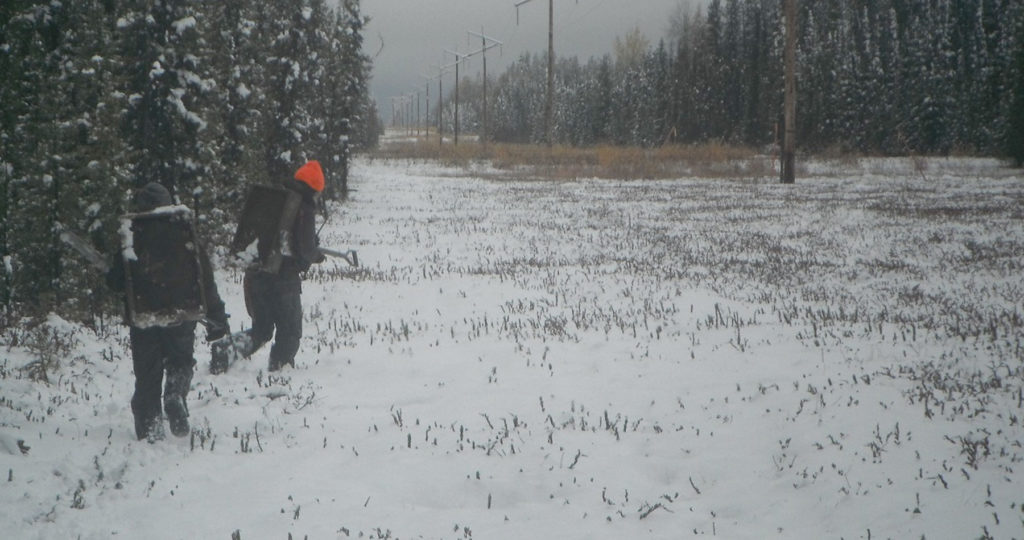
January 23, 2017
Introduction to CRM Part 3: Archaeological Survey
Using information compiled in the office, the next step of an HRIA is to leave the comforts of home behind and to venture into the field. Although there is a perception of archaeologists working at large excavations, often dressed in khakis and maybe wearing a fedora, archaeological survey is the most common type of field
Keep Reading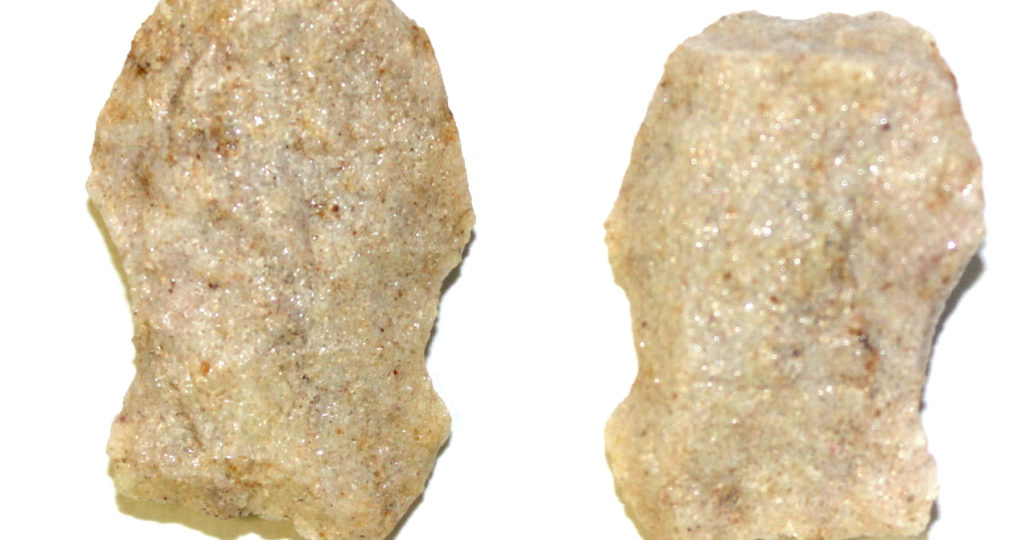
January 18, 2017
Atlatl Point
This little quartzite projectile point comes from a small site near Wabasca-Desmarais, Alberta. We found it on a small hill that was next to a lake, along with several chert and quartzite flakes. This point likely was fitted to an atlatl dart, a type of feathered throwing spear that uses a hooked throwing stick to help propel
Keep Reading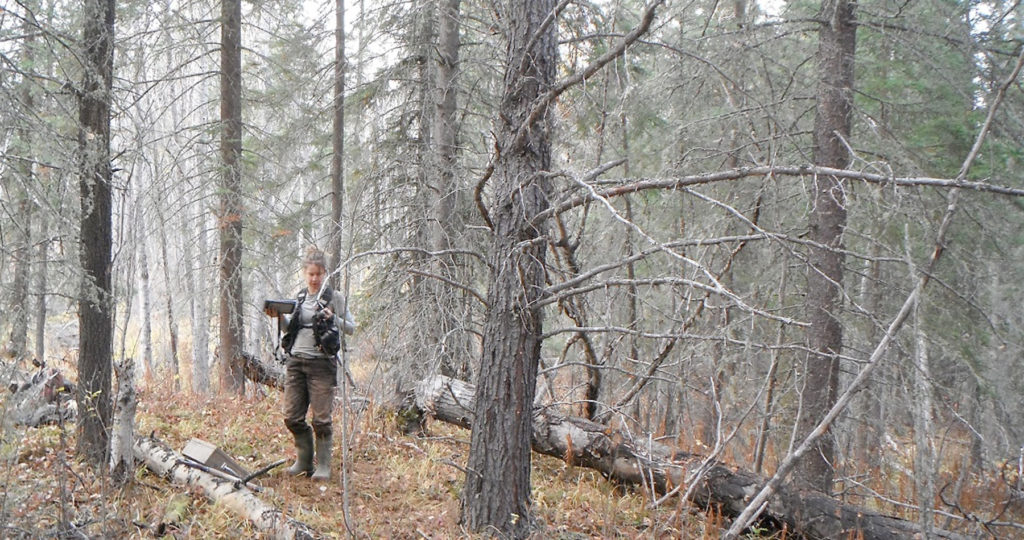
January 9, 2017
Introduction to CRM Part 1: Cultural Resource Management
Cultural Resource Management (CRM) is undertaken in many different countries all over the world and it can go by just as many names, Contract Archaeology, Consulting Archaeology, Compliance Archaeology, and Heritage Resource Management (HRM) to name a few. Whatever CRM is called, the underlying purpose is always the same. These archaeologists engage in the protection,
Keep Reading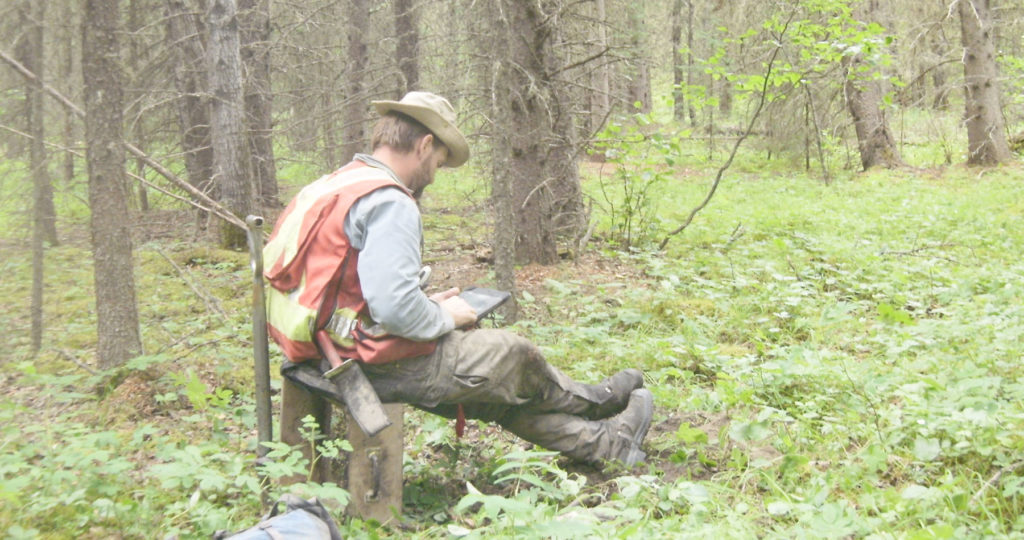
November 14, 2016
Careers in Archaeology
Consulting The most common career in archaeology is that of a consulting archaeologist. Consulting archaeologists work in the field of Historic Resource Management or Cultural Resource Management (CRM). People in this line of work generally work on Historic Resource Impact Assessments of planned developments before construction is started. The responsibility of consulting archaeologists is to
Keep Reading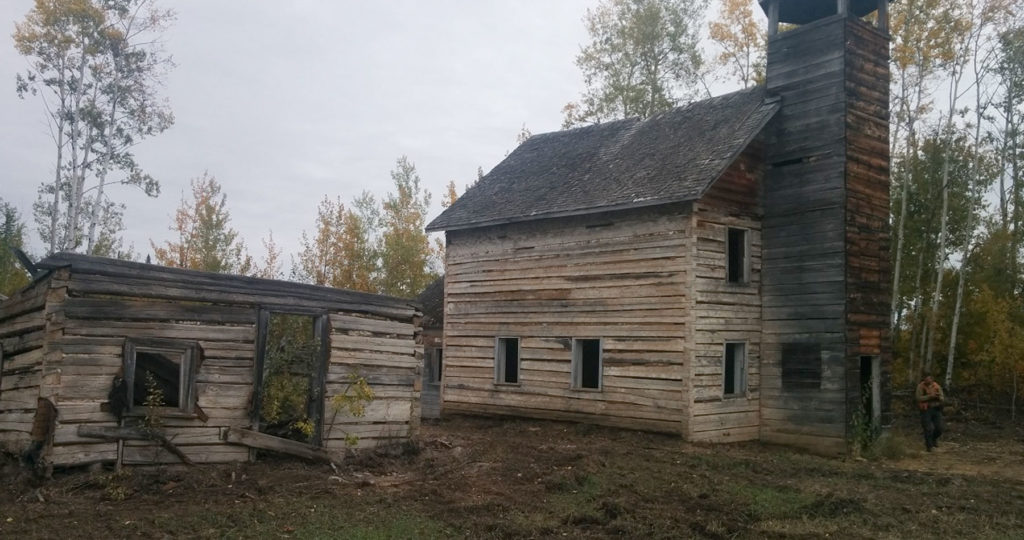
November 9, 2016
St. Louis Catholic Church
We get to do a lot of traveling around Alberta during the summer. Sometimes when time permits, we get to stop at local attractions. During a recent trip to Fort Vermilion we made a stop at St. Louis Catholic Church in what is locally referred to as ‘Buttertown’. This church was built in 1906-1909. Check
Keep Reading
November 2, 2016
Slave Lake Plane Crash
In the summer of 2013, Vince and I were walking through a harvested cutblock south of Slave Lake and we noticed something big and white on a high hill along the tree line. At first we thought it was some sort of tarp but as we got closer we realized it was the broken tail
Keep Reading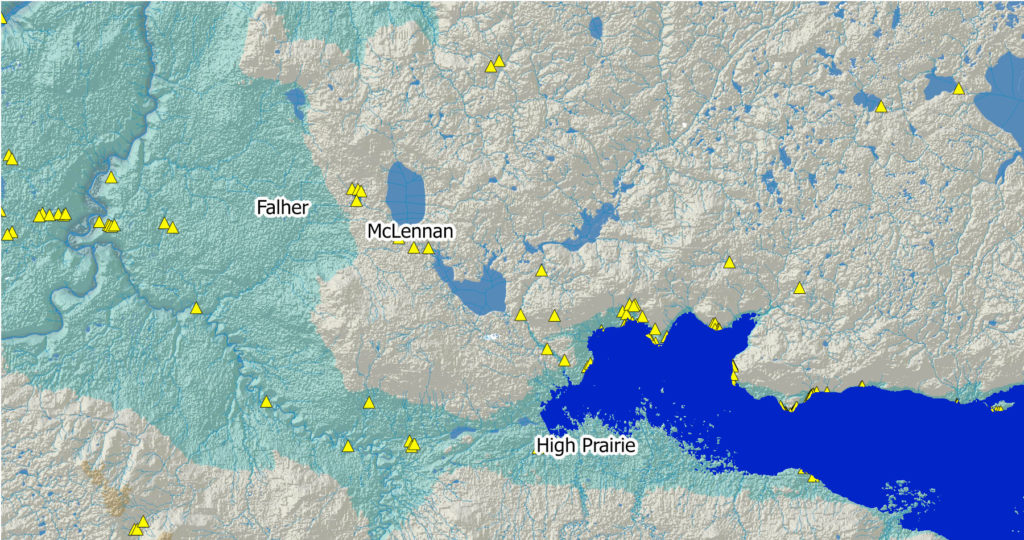
September 20, 2016
Glacial Lakes around Lesser Slave Lake
Where we find archaeological sites in the province is often strongly tied to the physical environment. We look for the different physical characteristics such as distance to water and if an area is high and dry. These features are indicators, which tell us that there could be an archaeological site in the area. This approach to
Keep Reading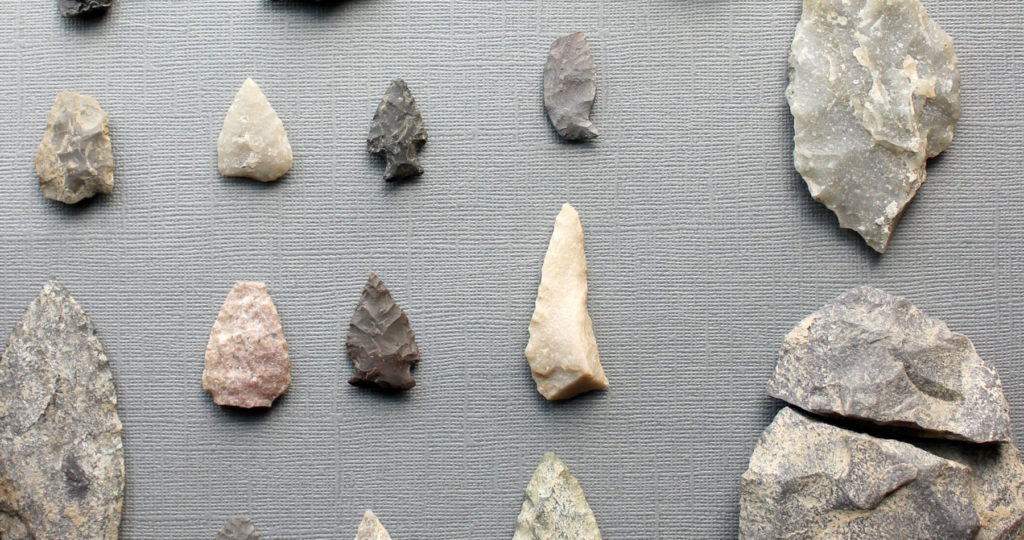
May 17, 2016
The Brazeau Reservoir Archaeological Survey Project
The Brazeau Reservoir Archaeological Survey is a project hosted by the Strathcona Archaeological Society, and is sponsored by Tree Time Services. It currently is centred around a large campsite and workshop on the upper valley margin at the confluence of the Brazeau and Elk Rivers, located near Drayton Valley and Rocky Mountain House. The main
Keep Reading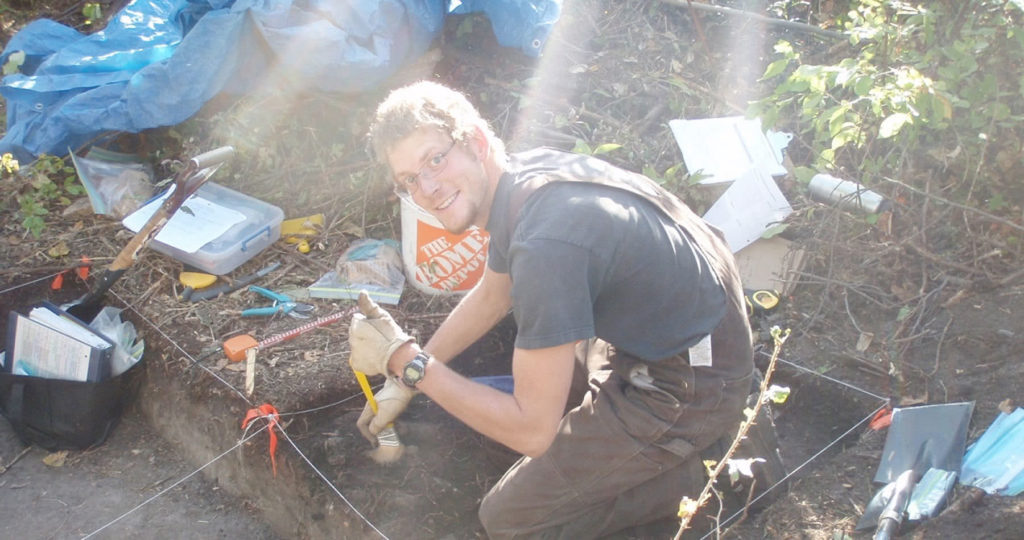
January 28, 2016
What is a Borden Number?
The Borden System is used to provide each archaeological site in Canada with a unique identifier, called a Borden Number. These identifiers consist of two parts – four letters (formatted AaBb) and a number separated by a dash. The letters represent the Borden block which is the geographical location of the site and the number
Keep Reading